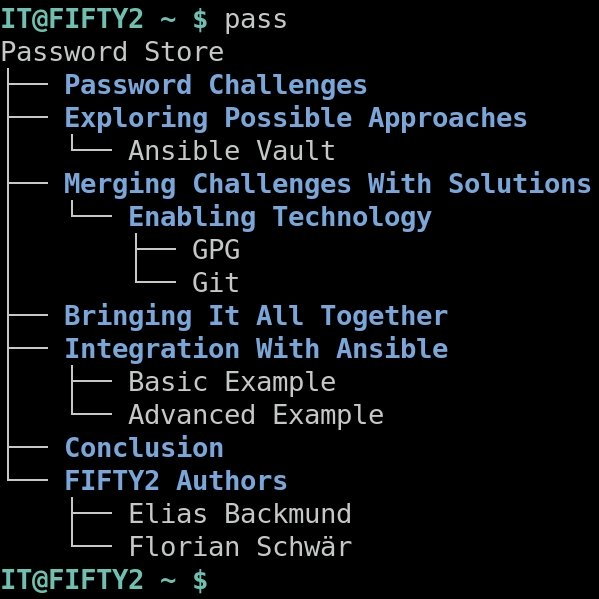GPG
In GPG you have a key consisting of two parts, a private key and a public key, represented by two different files on your computer, or – for illustration purposes – represent a padlock and its keys. It is also called a key pair. They get used for all operations you could use a key or a lock for, like in the real world. Your public key works like an infinite amount of open padlocks with your name on it, that you can hand out to people or just have laying around for someone to discover and pick up.
Since it has your name on it, people will reckon that it is yours. Also since everyone could just go out and distribute padlocks with any name on it, the finder should always reconnect with the purported owner to verify it is indeed one of their padlocks. Otherwise, the owner will not have the correct key to open that padlock, although it got the correct name on it.
In order to encrypt data – or lock a treasure chest – for somebody, one would use this person’s open padlock and apply it to the treasure in question. They could as well use padlocks of multiple people for the same treasure chest. Note that, as opposed to the real world, with GPG keys it is enough to have a key to one of the public keys (padlocks) on that chest in order to open it. Everyone can open the chest by themselves, without the need of the others having to provide their key to their lock. When encrypting something, each person’s key is called a receipient in GPG.
The key to the padlock, in turn, is used to open it. It can only open this one specific lock, and it is made unsurmountable hard (by math) to create a fitting key by just looking at a padlock (public key). The other way around though, it is by design made possible to craft a new, identical, padlock out of the key with very low effort. You could say the padlock is formed around the shape of the key, without giving away the key’s very own shape.
The key can also be used to create so-called signatures, with which (using the padlock analogy) you prove to someone else that you are indeed in possession of the key to your specific padlock. Think of it as you would show somebody that you can unlock your locked padlock before giving it to them. (For completeness, this does not solve the problem of a rougue actor distributing padlocks in your name). This way they know that you (and only you) are able to open the secret chest they intend to lock for you. It also implies that a secret key is kept private at all times.
Git
Git is a version control system (VCS), which makes it easy to work on text files (among other things), without getting entangled with other people’s parallel work on the same file. You can think of it like a shared document where everyone is contributing at the same time. When editing the same file and line, let’s say, Git will keep both editor’s lines intact and makes it easy to decide in a later step which line to keep, in case of a conflict. On top of that, every edit ever made to each file is kept in history, including information about who made the edit and when, plus an optional comment about the change (called a commit in Git).
It does not have to be used by multiple persons at the same time, though, and can be used to just keep track of changes. Image working on a lengthy document in your favourite word processing software. You are about to rephrase a major paragraph, but before you do so you create a copy of the current document, just in case you want to go back to your previous wording.
And tada, a few edits down the line you have a folder full of files named document.txt, document-1.txt, document-final-v3.txt and so on. Not with Git though, where you’d also create and use different versions of a file, but always within one view onto all files (called a branch in Git). You can switch between those different branches, and edit them concurrently without losing another branch’s progress. If you are done with the edit on one branch, you can decide to include it into your other branch, where you include all changes and pick which wording to use in case you edited the same sentence twice, in different ways.
In Git, files, their versions and their whole history are stored in so-called repositories, which can be shared between multiple people (e.g. over the internet) to enable collaborative, distributed editing.
If you are more interested in how we use Git to develop our software PreonLab, you can read on about Continuous Integration in our Innovation Corner: How to develop reliable software (fast).



